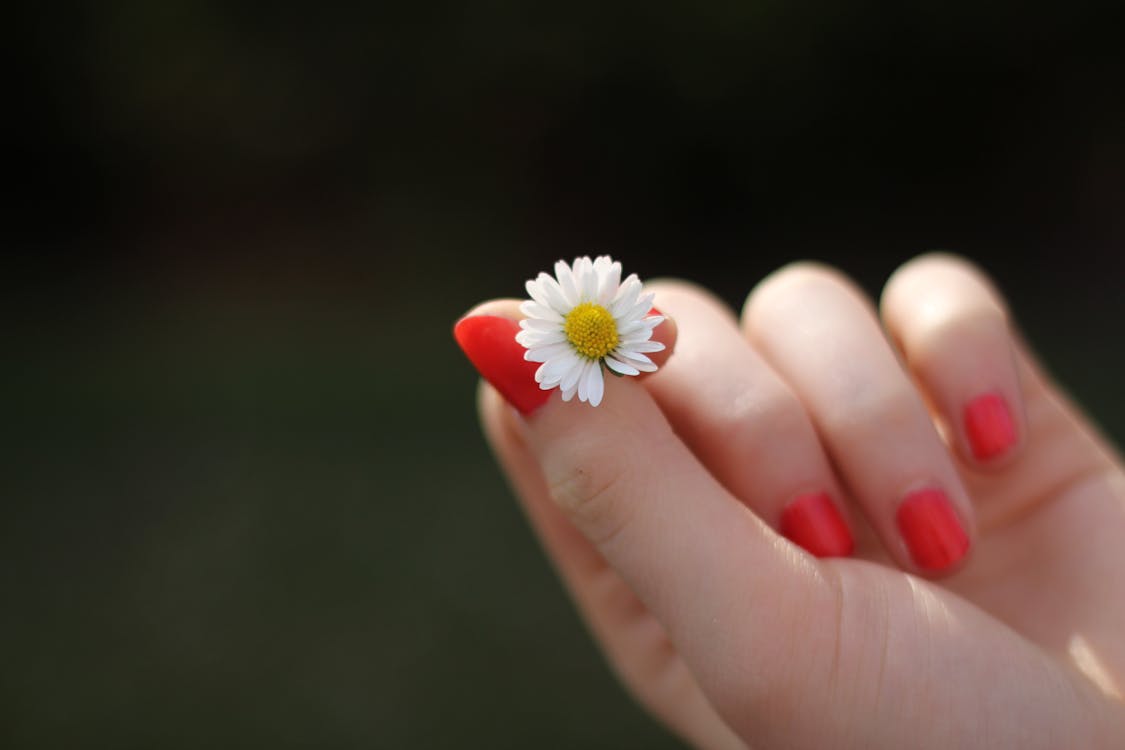Introduction
Manicures and pedicures are not just indulgent beauty treatments; they are essential self-care practices that promote healthy nails, hands, and feet. From nourishing cuticles to addressing calluses, nail care during manicures and pedicures encompasses a range of techniques and considerations. In this comprehensive guide, we will delve into the intricate world of nail care, exploring everything from basic maintenance to advanced treatments.
Understanding Nail Anatomy

Before delving into the specifics of nail care, it’s crucial to understand the anatomy of the nail. Nails are composed of layers of a protein called keratin, which also forms the basis of hair and skin. Each nail comprises several parts, including the nail plate, nail bed, cuticle, and surrounding skin. Understanding these structures is essential for effective nail care.
The Importance of Cuticle Care
The cuticle, a thin layer of skin that surrounds the base of the nail, plays a vital role in protecting the nail matrix—the area where nail growth originates. During manicures and pedicures, cuticle care is paramount. However, it’s essential to differentiate between cuticle care and cuticle removal.
While trimming or pushing back cuticles was once a common practice, experts now advise against aggressive cuticle removal. Instead, gently pushing back the cuticles with a cuticle pusher or orange stick is recommended. Regular moisturization with cuticle oil helps keep the cuticles hydrated and prevents them from becoming dry and brittle.
Nail Shaping Techniques

Proper nail shaping is another crucial aspect of nail care during manicures and pedicures. Nails should be filed in one direction to prevent splitting and breakage. The shape of the nail—whether square, round, oval, or almond—can be tailored to suit individual preferences and lifestyles.
When shaping nails, it’s important to consider the natural nail shape and length. For example, individuals with short nail beds may opt for a square or squoval (a combination of square and oval) shape, while those with longer nail beds may prefer almond or oval shapes.
Dealing with Calluses and Rough Skin
Calluses, thickened areas of skin that develop as a result of friction or pressure, are common on the feet and hands. During pedicures, callus removal is often performed to smooth rough skin and improve comfort. Various methods, including manual filing, pumice stones, and chemical treatments, can be used to address calluses effectively.
However, it’s essential to approach callus removal with caution to avoid causing discomfort or injury. Overzealous removal of calluses can lead to pain, blisters, and even infection. Instead, gentle exfoliation followed by moisturization is recommended to keep calluses in check and prevent them from becoming overly thick or painful.
Choosing the Right Products
The products used during manicures and pedicures can have a significant impact on nail health and appearance. When selecting nail polishes, removers, and other nail care products, it’s essential to choose formulations that are free from harsh chemicals such as formaldehyde, toluene, and dibutyl phthalate (DBP).
Additionally, moisturizers and cuticle oils should be free from mineral oil and other potentially irritating ingredients. Opting for natural and organic products can help minimize the risk of adverse reactions and promote overall nail health.
Preventing Nail Damage
While manicures and pedicures can enhance the appearance of the nails, improper techniques or overzealous treatment can lead to nail damage. To prevent damage, it’s important to:
- Avoid excessive buffing and filing, as this can weaken the nails and make them more prone to breakage.
- Limit the use of harsh chemicals, such as acetone-based nail polish removers, which can strip the nails of natural oils and moisture.
- Give the nails time to breathe between manicures and pedicures, allowing them to recover and regenerate.
- Practice good nail hygiene, including keeping the nails clean and dry to prevent bacterial and fungal infections.
Advanced Nail Care Treatments
In addition to basic nail maintenance, advanced treatments can address specific concerns such as weak, brittle nails, fungal infections, and ingrown toenails. These treatments may include:
- Nail-strengthening treatments contain ingredients such as keratin, biotin, and calcium to fortify weak nails and prevent breakage.
- Antifungal nail lacquers or oral medications to treat fungal infections that cause discoloration, thickening, and brittleness of the nails.
- Professional ingrown toenail treatments, including nail bracing, partial nail avulsion, and chemical matrixectomy, alleviate pain and prevent recurrence.
Certainly! Here are five frequently asked questions (FAQs) related to nail care during manicures and pedicures:
How often should I get a manicure or pedicure?
The frequency of manicures and pedicures depends on individual preferences and lifestyle factors. However, experts generally recommend scheduling manicures every 1-2 weeks and pedicures every 4-6 weeks for maintenance. If you notice signs of nail damage or overgrowth between appointments, it may be time to visit your nail technician for a touch-up.
Can I apply nail polish over weak or damaged nails?
While nail polish can enhance the appearance of the nails, it’s essential to prioritize nail health. If your nails are weak or damaged, it’s best to give them time to recover before applying nail polish. Consider using a nail strengthener or nourishing base coat to protect the nails and promote strength and resilience.
How can I prevent fungal infections during manicures and pedicures?
To reduce the risk of fungal infections, ensure that your nail technician follows proper sanitation and sterilization protocols. Avoid sharing nail tools and equipment, and opt for salons that use disposable liners for foot baths and single-use nail files and buffers. Additionally, refrain from cutting or trimming cuticles aggressively, as this can create openings for bacteria and fungi to enter.
What should I do if I experience discomfort during a manicure or pedicure?
If you experience discomfort or pain during a manicure or pedicure, don’t hesitate to communicate with your nail technician. They can adjust their technique or provide additional cushioning to alleviate pressure and discomfort. It’s essential to prioritize your comfort and well-being during nail treatments.
How can I maintain my nails between salon visits?
Between salon visits, practice good nail hygiene by keeping your nails clean and dry. Moisturize your hands and feet regularly to prevent dryness and cracking, paying particular attention to the cuticles. Avoid using your nails as tools to open packages or remove stickers, as this can cause breakage and damage. Consider incorporating nail-strengthening treatments and protective coatings into your routine to fortify the nails and prevent brittleness.
By addressing these common concerns, individuals can make informed decisions about their nail care routine and maintain healthy, beautiful nails year-round.
In Conclusion
Nail care during manicures and pedicures is about more than just aesthetics—it’s about promoting healthy nails, hands, and feet. By understanding the anatomy of the nail, practicing proper cuticle care, and choosing the right products, individuals can maintain beautiful and healthy nails for years to come. Whether you’re a seasoned nail enthusiast or a newcomer to the world of manicures and pedicures, incorporating these tips and techniques into your routine will help you achieve optimal nail health and beauty.
Read Also:- Manicure and Pedicure Health: Understanding Common Nail Disorders and How to Prevent Them

